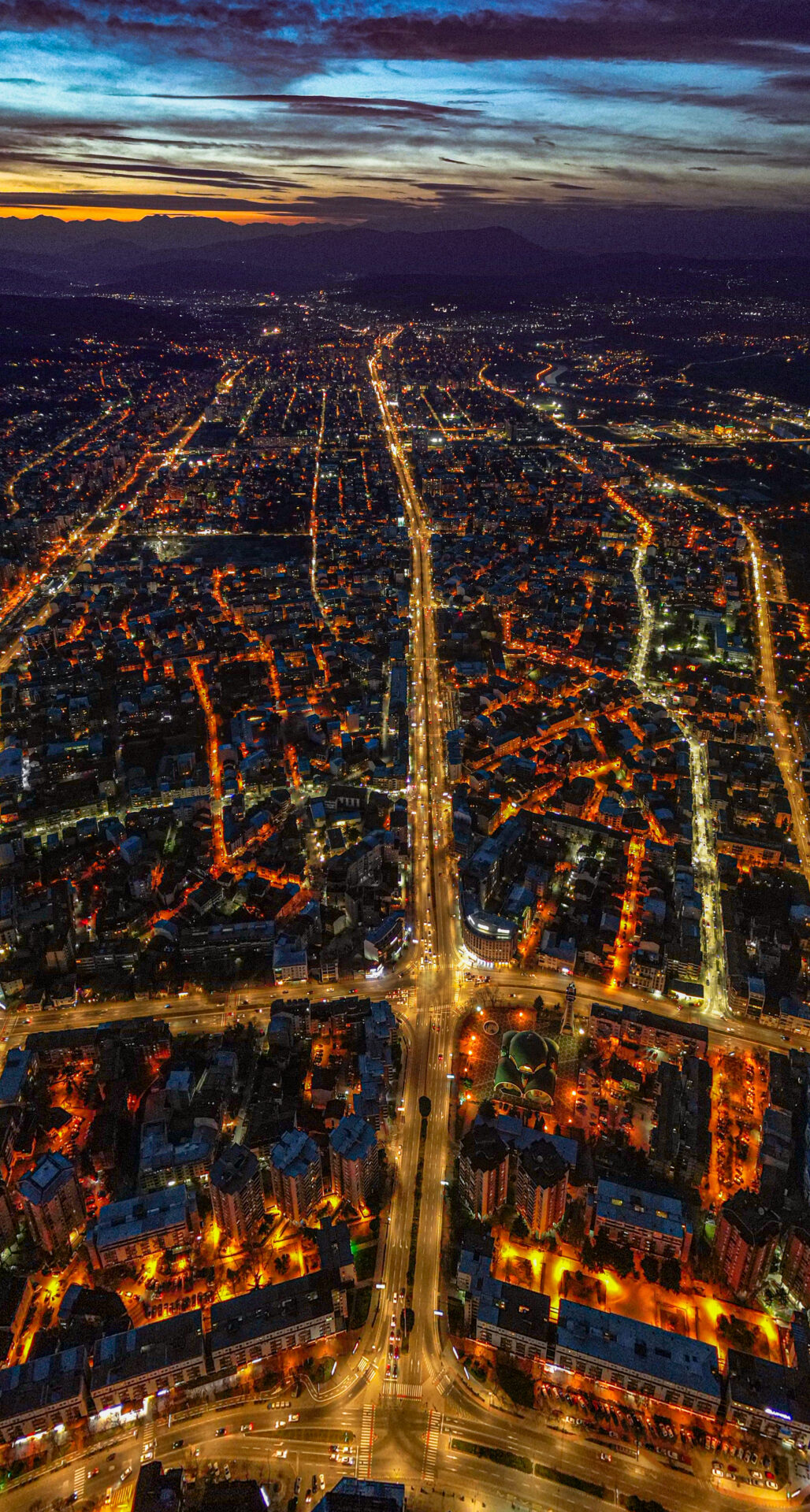Skopje, the capital of North Macedonia, is a city with a long and diverse history, located at the crossroads of the Vardar River and surrounded by scenic mountains. Archaeological finds in the region reveal settlements dating back to the Neolithic period, with traces of early civilization from around 4000-5000 years ago.
Skopje’s origins date back to the 3rd century BCE, when it was a settlement of the Pae- onian people. It later became part of the Roman Empire, thriving as a major city. Under Roman rule, it was known as Scupi and was an important center of trade and culture. After the fall of the Roman Empire, Skopje became part of the Byzantine Empire. In the 14th century, the city fell under Ottoman control, a period during which it saw significant growth. The Ottomans introduced Islamic culture and built many mosques, bridges, and bazaars, contributing to Skopje’s unique architectural blend. After the decline of the Ottoman Empire, Skopje became part of the Kingdom of Serbia, and later Yugoslavia. During World War II, the city was occupied by Axis forces, and after the war, it became part of the Socialist Federal Republic of Yugoslavia. Following the breakup of Yugoslavia, Skopje became the capital of the newly independent Re- public of Macedonia (now North Macedonia) in 1991. The city has undergone significant modernization and development, while still retaining its rich cultural heritage, blending ancient, Byzantine, Ottoman, and modern influences. Skopje’s history is marked by its resilience and transformation, making it a dynamic crossroads of different cultures and civilizations.
Skopje’s long and diverse history is beautifully reflected in its vibrant cultural heritage, which can be expe- rienced through its neighborhoods, streets, and landmarks. One such example is Debar Maalo, one of the oldest and liveliest neighborhoods in the city. Known for its traditional Macedonian taverns, lively atmosphere, and variety of cafes and restaurants, Debar Maalo offers a unique glimpse into the local life while celebrating Skopje’s rich history. Just a short walk away, Macedonia Street, the main pedestrian thoroughfare, leads directly to the city center. Lined with shops, cafes, restaurants, and hotels, it offers the perfect blend of modern urban development and historical charm. The City Shopping Center (GTC), one of the oldest malls in Skopje, stands as a modern hub amidst the city’s historical backdrop. With a range of stores, cafes, and restaurants. Skopje’s strategic position at the crossroads of different cultures and civilizations has shaped both its architectural landscape and its dynamic atmosphere, making it a city where history, culture, and modernity converge in a unique and dynamic way.

